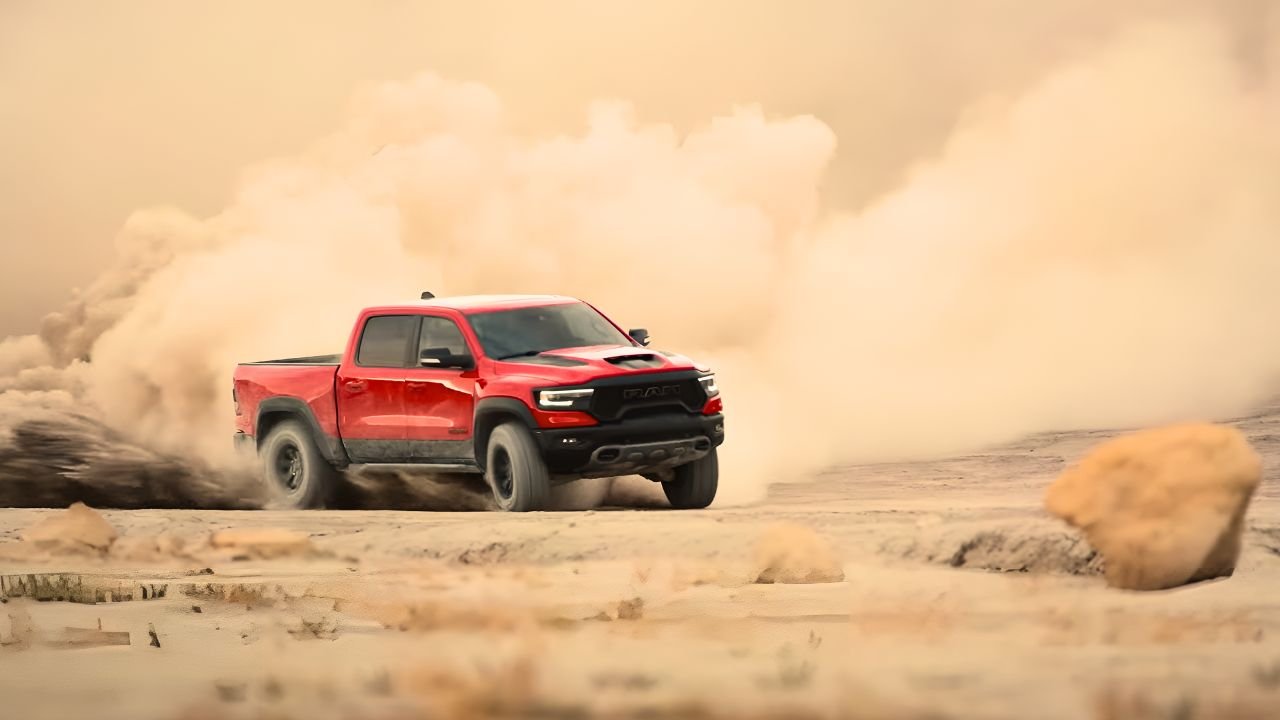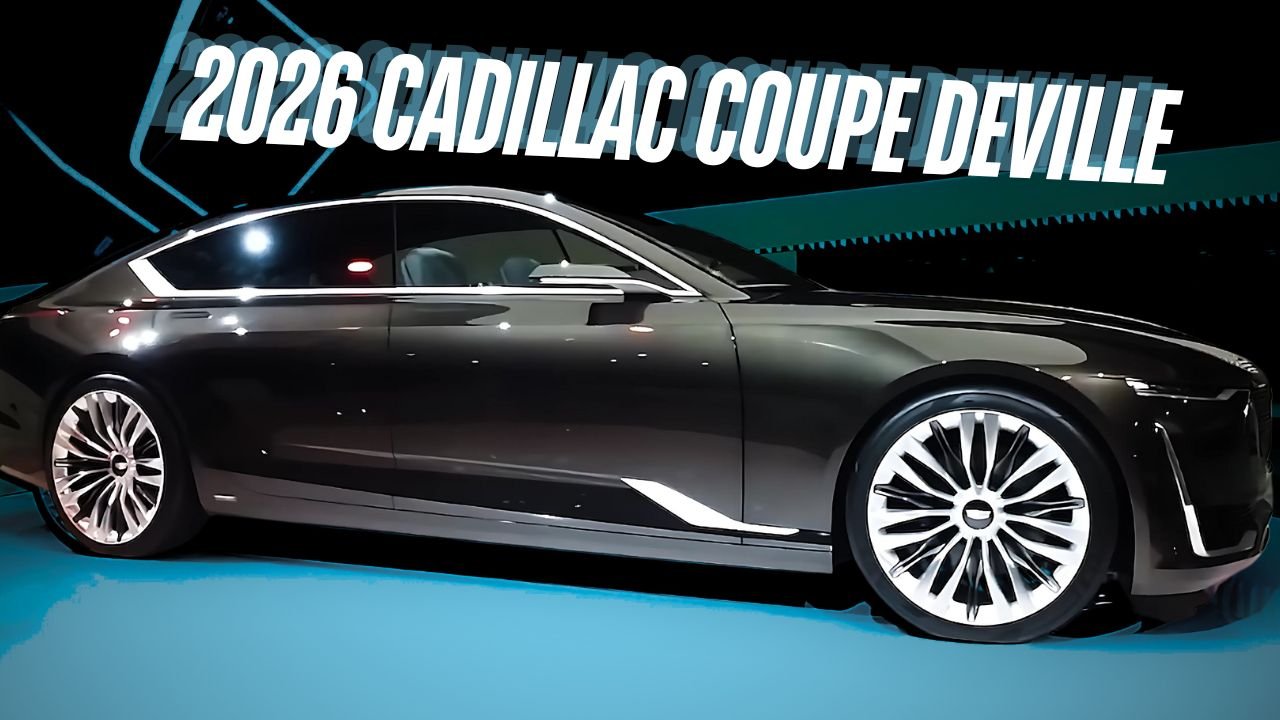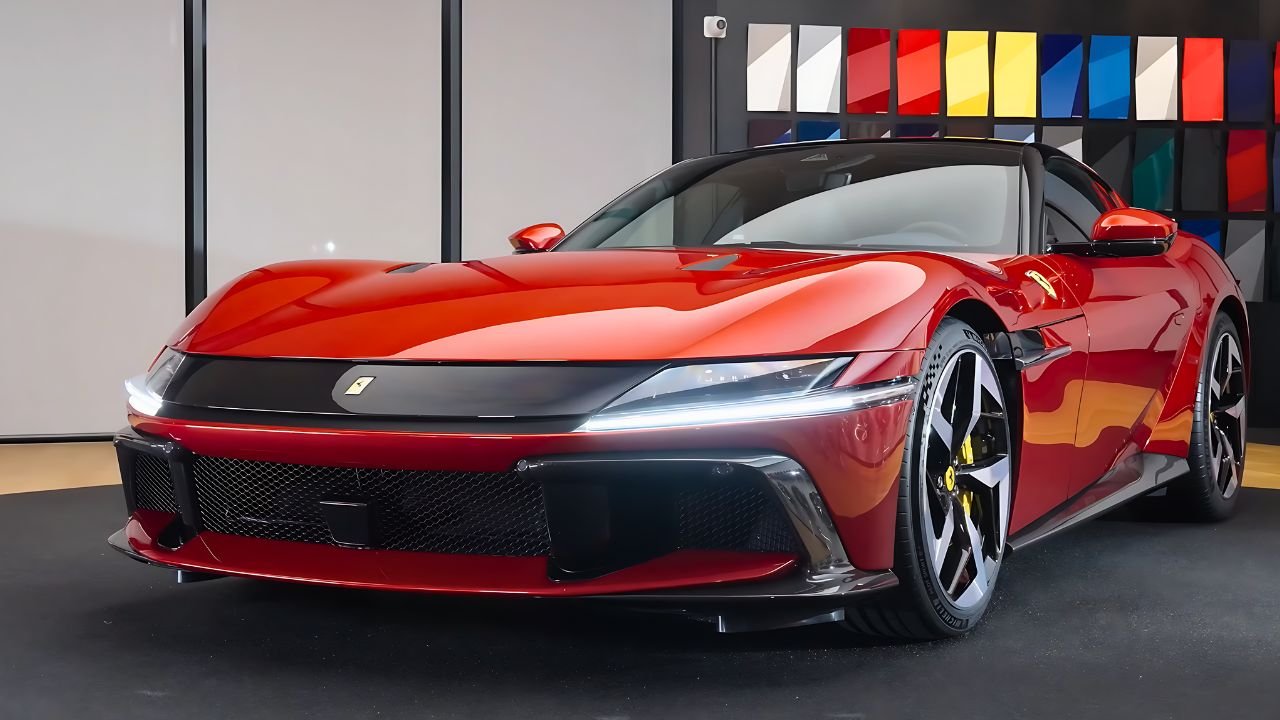Why These 10 Electric Cars Are Struggling to Find Buyers
June 22, 2024 | by Team Neftin Mazda
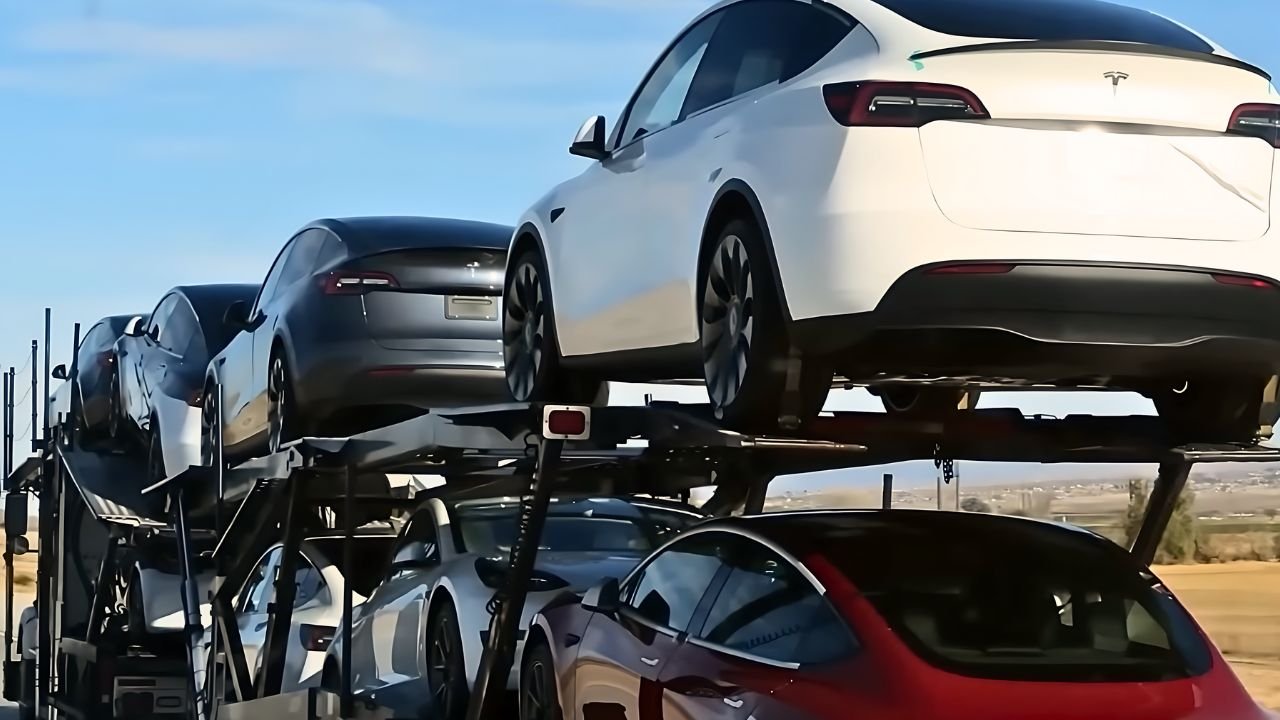
The electric vehicle (EV) market has been experiencing significant growth, driven by substantial investments, such as the $6.5 billion strictly dedicated to EV development. Despite these efforts, some electric vehicles are struggling to find buyers.
This blog post explores the top 10 electric cars that dealers are finding difficult to sell and look into the reasons behind their lackluster performance in the market.
1. Mercedes-Benz EQE
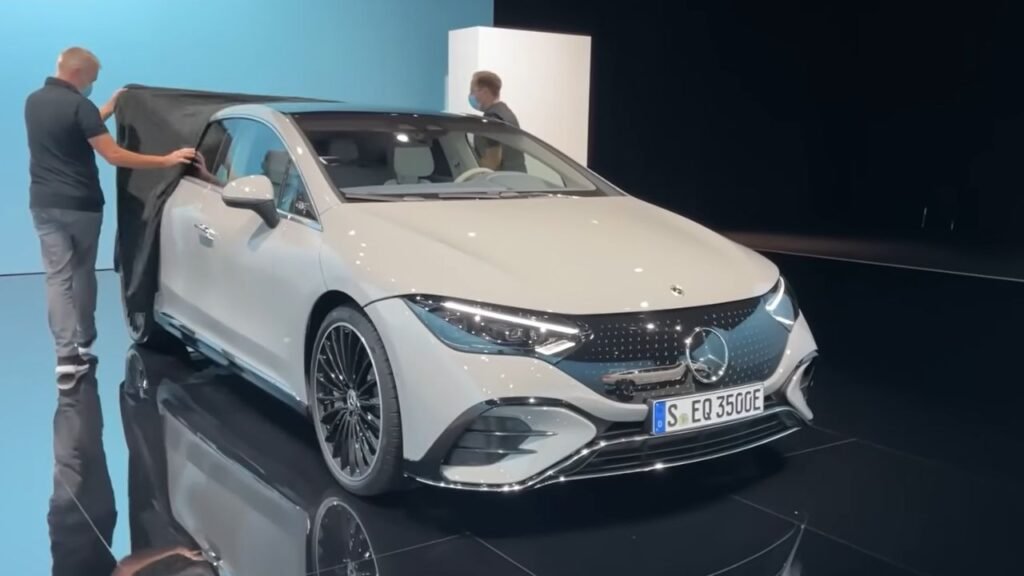
Mercedes-Benz has been expanding its EV lineup with models like the 2023 Mercedes-Benz EQE. This all-new electric sedan, based on a shortened version of the EQ platform used in the EQS, boasts a maximum driving range of 305 miles.
However, despite its impressive specifications, the EQE has not captivated consumers. Dealer inventory data reveals that customers are not overly enthusiastic about this model. A manager at a Mercedes dealership in the US reported having over six months’ worth of EV inventory compared to only a 50-day supply of the company’s gas cars.
This discrepancy highlights the slow sales of the EQE, with dealers carrying a 144-day supply, according to car Edge data.
2. Cadillac Lyriq

General Motors (GM) is facing significant challenges in selling EVs profitably, particularly with its luxury brand Cadillac. The Cadillac Lyriq, an electric crossover, features sharp styling and a modern cabin.
Available in single motor rear-wheel drive and dual motor all-wheel drive models, the Lyriq offers up to 32 miles of range per charge.
Despite these attributes, the Lyriq has not met sales expectations. There are 2,681 Lyriq EVs sitting in dealer lots, equating to 151 days of supply. This surplus has led GM to delay the release of the Silverado EV pickup truck by another year due to shrinking demand and engineering challenges.
3. Nissan Leaf
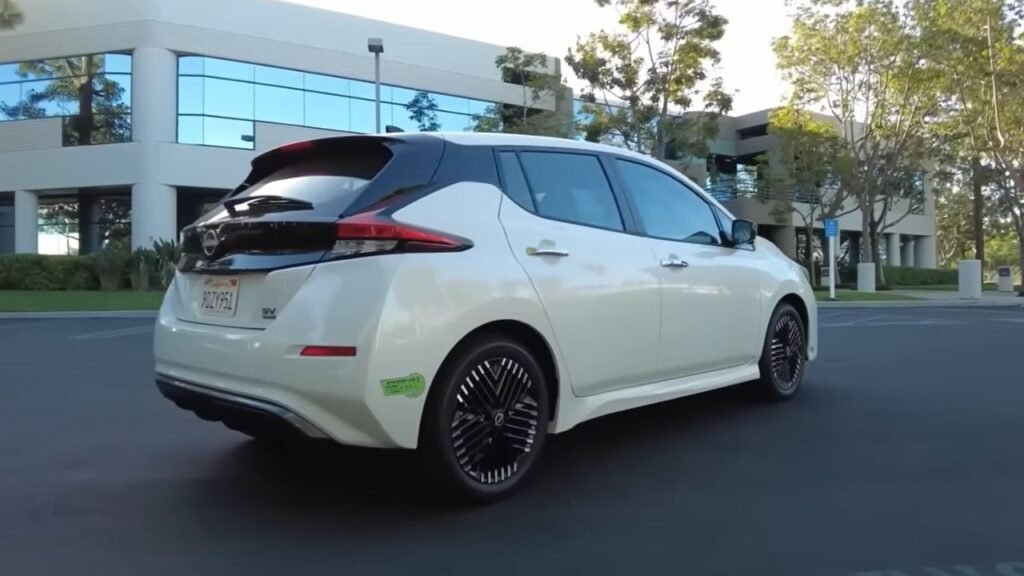
The Nissan Leaf, one of the earliest mass-market EVs, has seen a decline in popularity. Launched in 2010, the Leaf quickly became a favorite among early adopters.
However, despite its reasonable average price of $33,000, sales have consistently fallen, leading Nissan to phase out the model.
Currently, US dealers have an inventory of 2,626 Nissan Leaf units, representing 161 days of market supply. This indicates that the once-popular Leaf is no longer a strong contender in the EV market.
4. Ford F-150 Lightning
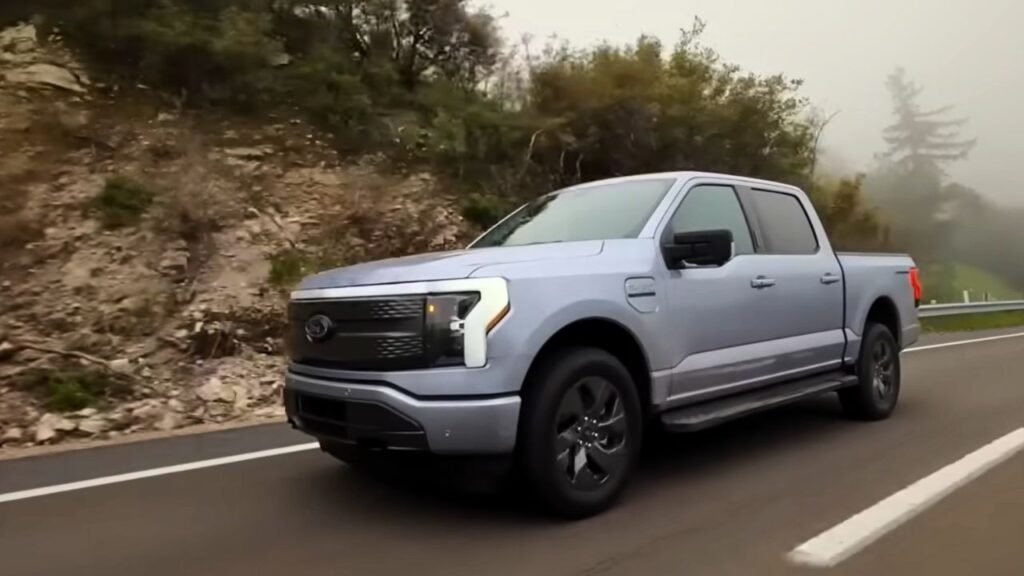
The Ford F-150 Lightning, an all-electric version of the iconic pickup truck, has not performed as expected. Despite being on the market for over a year, nearly 9,000 Lightning trucks are available for immediate delivery at US dealerships. This translates to a 182-day supply.
The vehicle’s towing capability significantly reduces its battery range, and charging times are considerably longer than refueling a traditional gas tank. As a result, the demand for the electric F-150 has decreased, leading Ford to lay off 700 workers at the Michigan plant that builds the Lightning.
This move highlights the lower-than-expected demand for this model, even though it offers impressive features such as 580 horsepower and a 0-60 mph acceleration time of just 4 seconds.
5. Genesis GV60
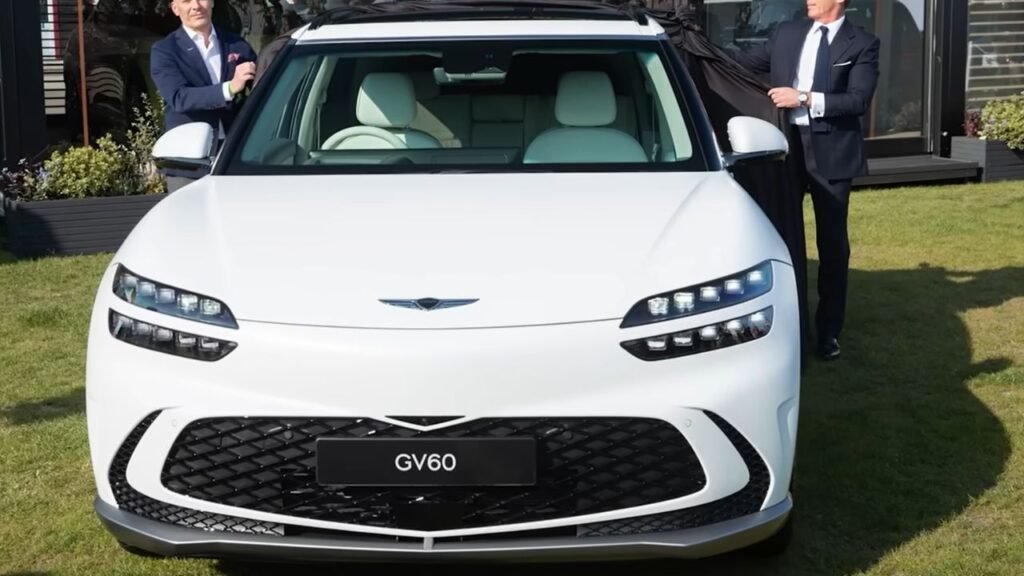
The Genesis GV60, the first EV from Hyundai’s luxury brand Genesis, has seen a tepid market response despite initial excitement. The 2023 model offers two variants—Advanced and Performance—both featuring dual motor all-wheel drive setups and a 77.4 kWh battery.
The Advanced model has a range of 248 miles, while the Performance model offers 235 miles. Despite these features, US dealers are carrying a 190-day supply of the GV60, signaling lagging sales.
Monthly sales have averaged around 250 units, a modest number compared to its cousin models, the Hyundai Ioniq 5 and Kia EV6, which each recorded monthly sales volumes close to 2,000 units. The GV60’s aggressive pricing, averaging $66,000, may be a contributing factor to its slow sales.
6. Ford Mustang Mach-E

The Ford Mustang Mach-E, available with either a standard range 70 kWh battery or an extended range 91 kWh pack, is another EV struggling to find buyers. With an EPA estimated range of 224 to 312 miles, there are about 25,000 Mach-E crossovers idling at Ford dealerships, equating to 204 days of market supply.
Despite Ford’s substantial investment of $50 billion into new EV programs, the company expects to lose at least $3 billion in the process and may not turn a profit in the EV segment for three years.
Hefty rebates and steep price cuts to compete with Tesla’s pricing strategy have further impacted profitability. Additionally, dealers are required to invest significant amounts—ranging from $500,000 to over $1 million—to become EV certified, making it challenging to sell these expensive and often unprofitable vehicles.
7. Mercedes-Benz EQS Sedan and SUV
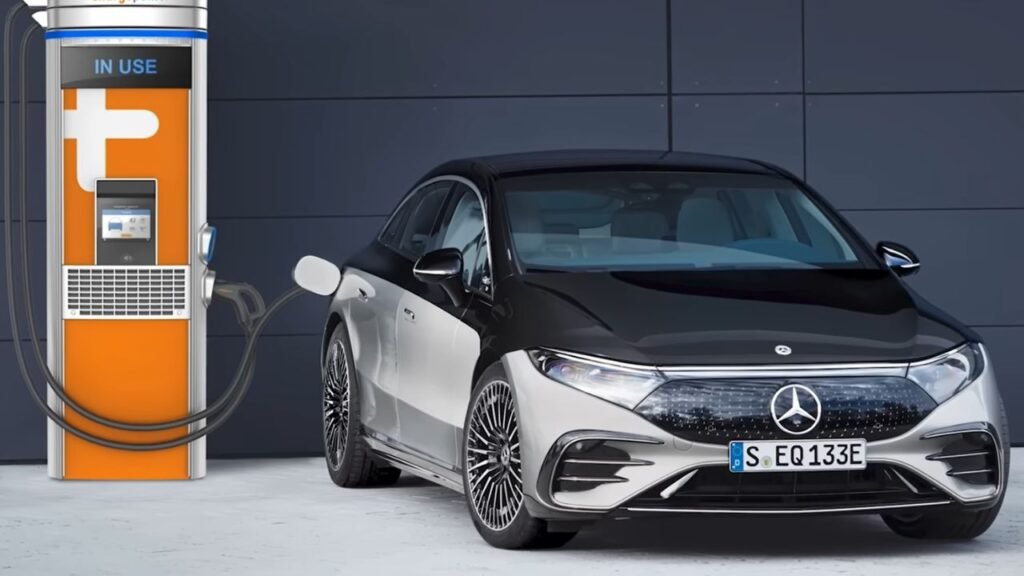
Mercedes-Benz’s EQS Sedan and SUV are among the automaker’s newest EV models, designed to cater to luxury customers. Both models feature a lithium-ion battery pack with a usable capacity of 108.4 kWh and a driving range of 285 to 340 miles.
Despite these impressive features, Mercedes dealers are struggling to sell these EVs. Complaints about the EQS models include a lack of aspirational appeal, high price premiums, and limited lease support.
According to car Edge data, dealers currently hold over 221 days of market supply of EQS models, indicating low demand. The high starting MSRP of around $105,000 and an average sale price of $130,000 have further contributed to the slow sales of these luxury EVs.
8. Porsche Taycan

The Porsche Taycan, Porsche’s first electric car, is a sleek sports sedan that lives up to the brand’s high-performance reputation. The Taycan offers incredible acceleration, precise handling, and aggressive styling. However, this has not translated into sustained sales success.
US dealers are holding over 2,600 Taycan units, representing a 239-day market supply. Despite its high average sale price of $131,000, the Taycan has not achieved the expected sales growth.
The high price tag and intense competition in the luxury EV segment may be contributing factors to its waning popularity.
9. Jaguar I-Pace
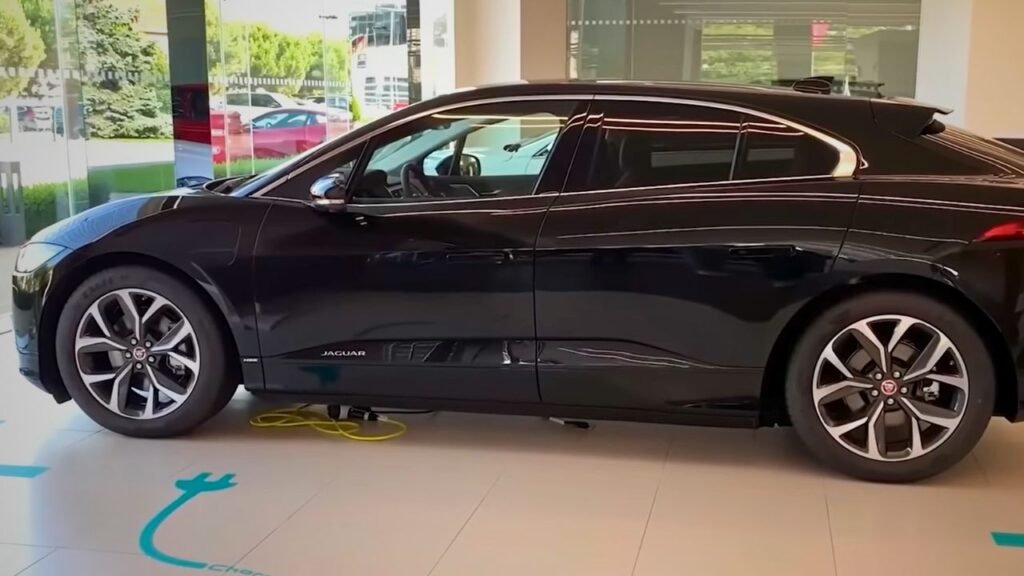
The Jaguar I-Pace, an electric crossover, has struggled to make an impact since its launch. When it first hit the market in 2019, the I-Pace was priced at $80,000, with fully equipped models soaring above $90,000. Early models faced issues with range and electronic problems, deterring buyers.
Currently, US Jaguar dealers are holding about 400 units, equating to nearly two years’ worth of market supply. The high price, initial technical issues, and lack of trained technicians for repairs have led to slow sales. Recognizing these challenges, Jaguar plans to discontinue the I-Pace ahead of the brand’s relaunch in 2025.
Final Words
Despite the significant investments and advancements in electric vehicle technology, these models highlight the challenges automakers face in gaining widespread consumer acceptance.
High prices, range anxiety, long charging times, and the need for significant dealer investment are substantial barriers to EV adoption.
As the market evolves, manufacturers will need to address these issues to make EVs more appealing to a broader audience. Addressing consumer concerns about cost, range, and charging infrastructure will be crucial for the future success of electric vehicles in the mainstream market.
RELATED POSTS
View all
